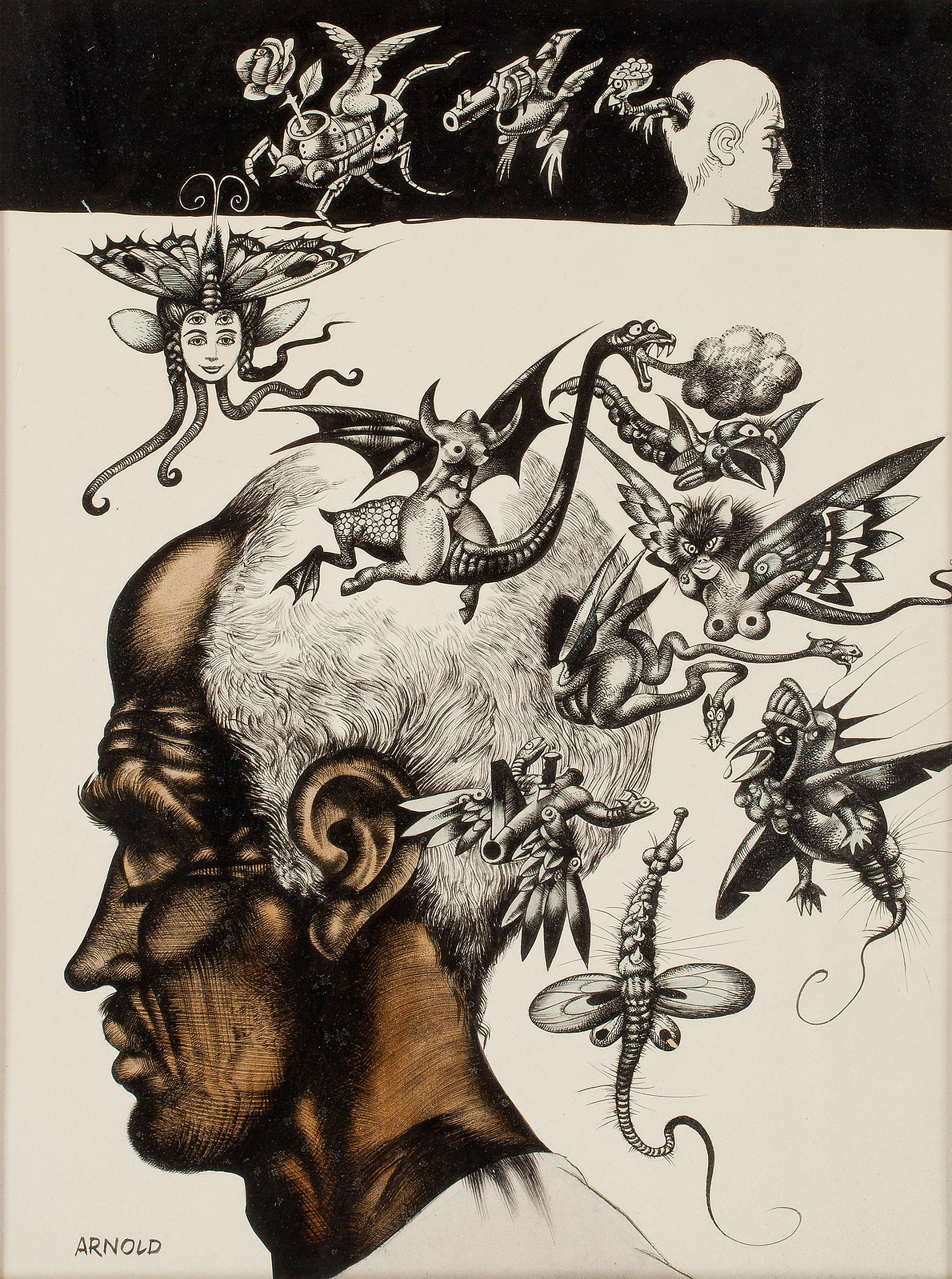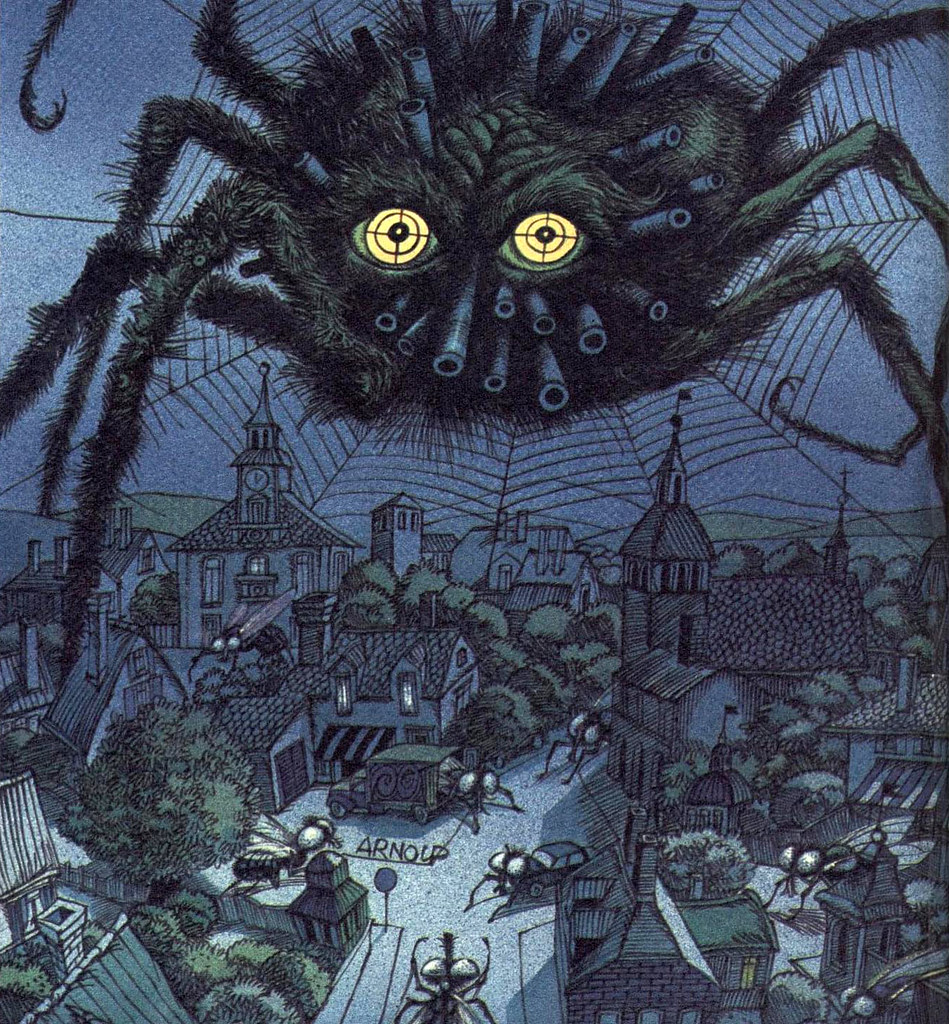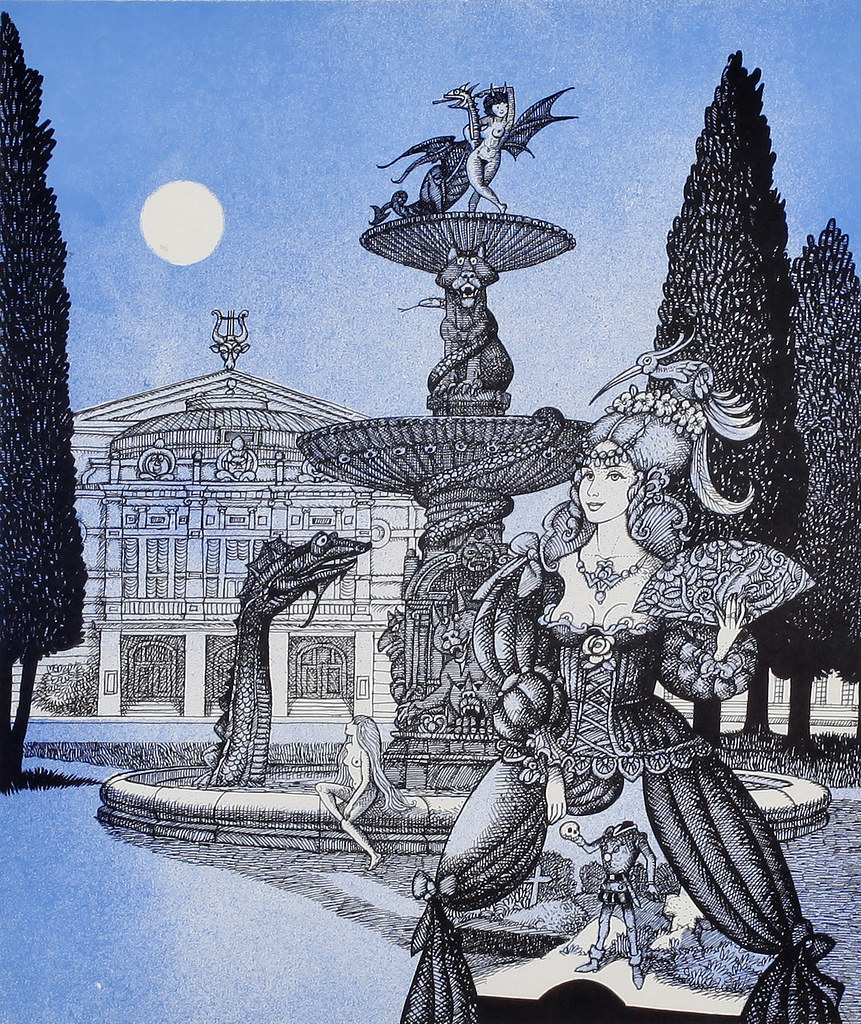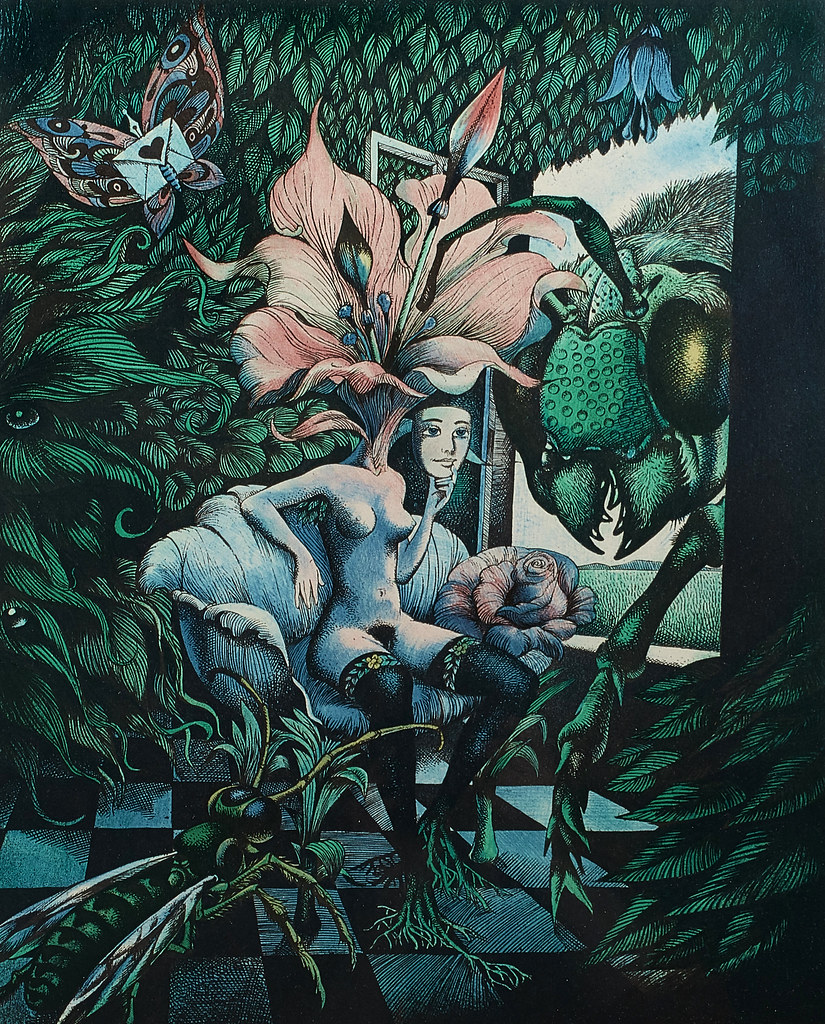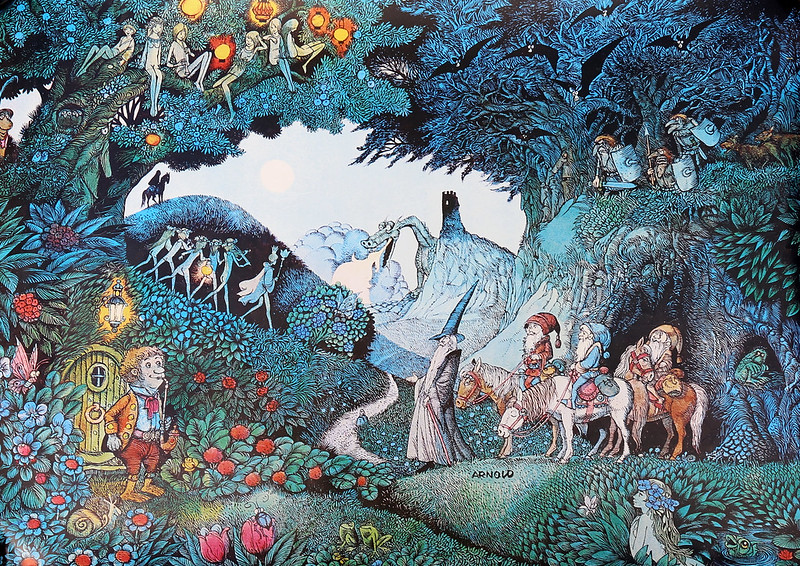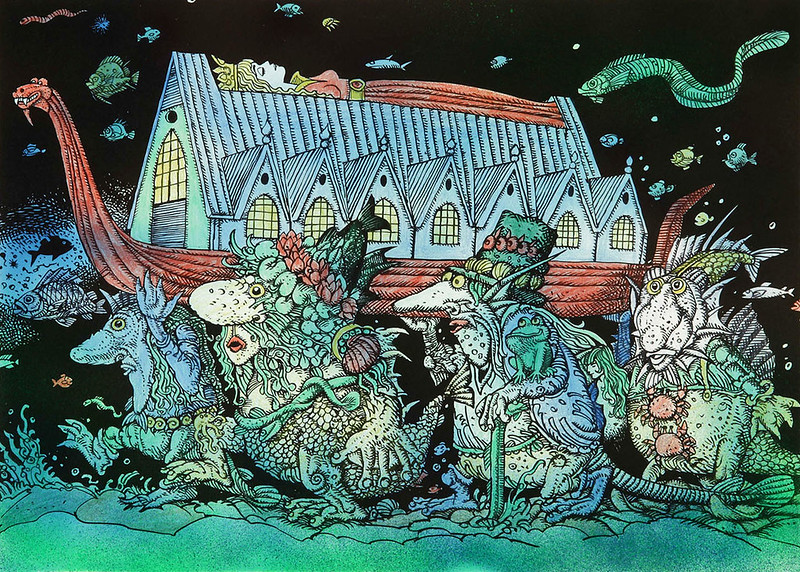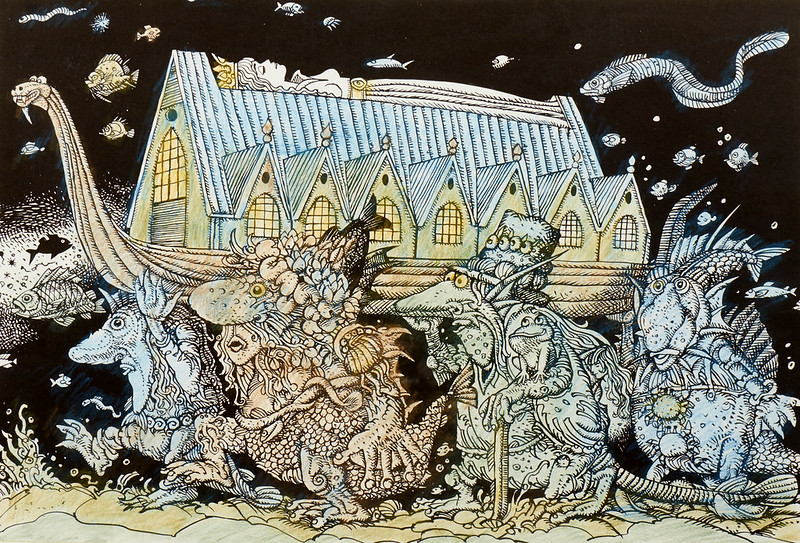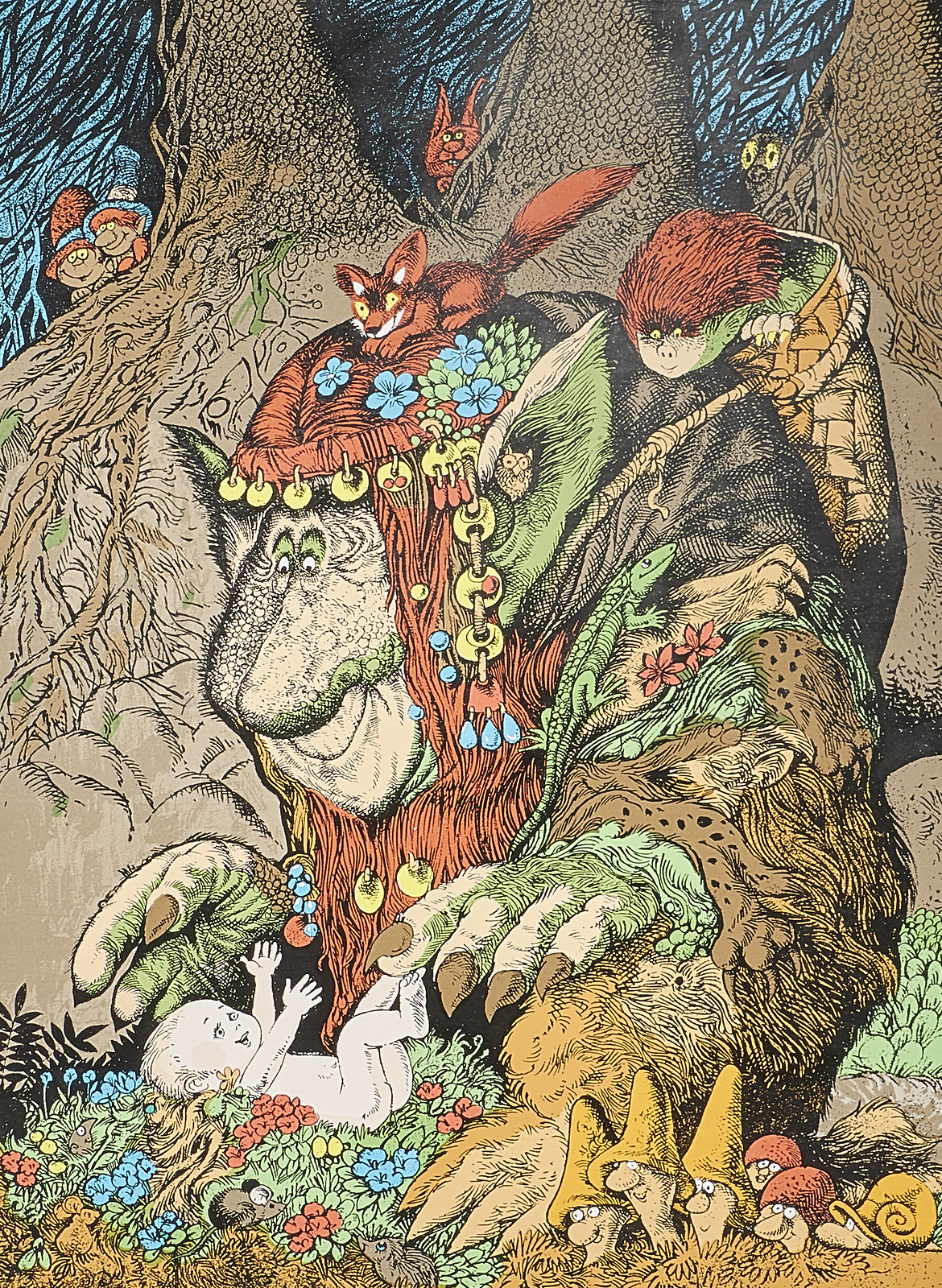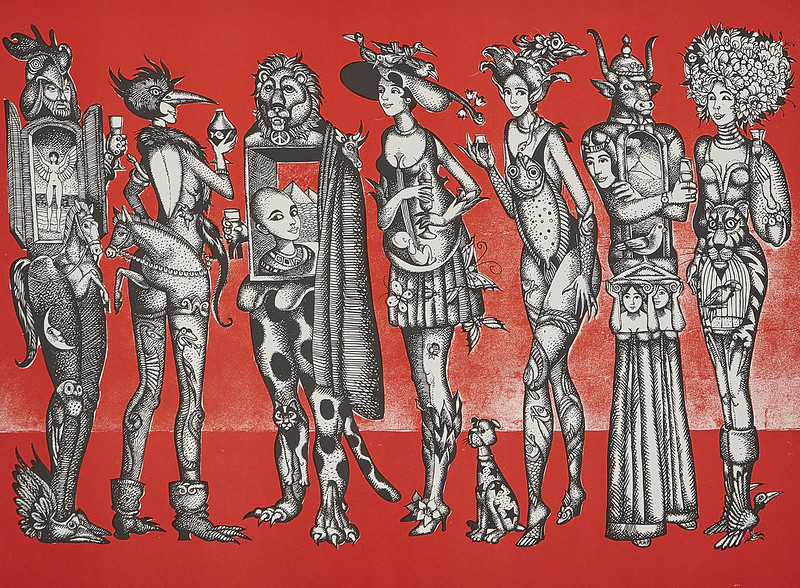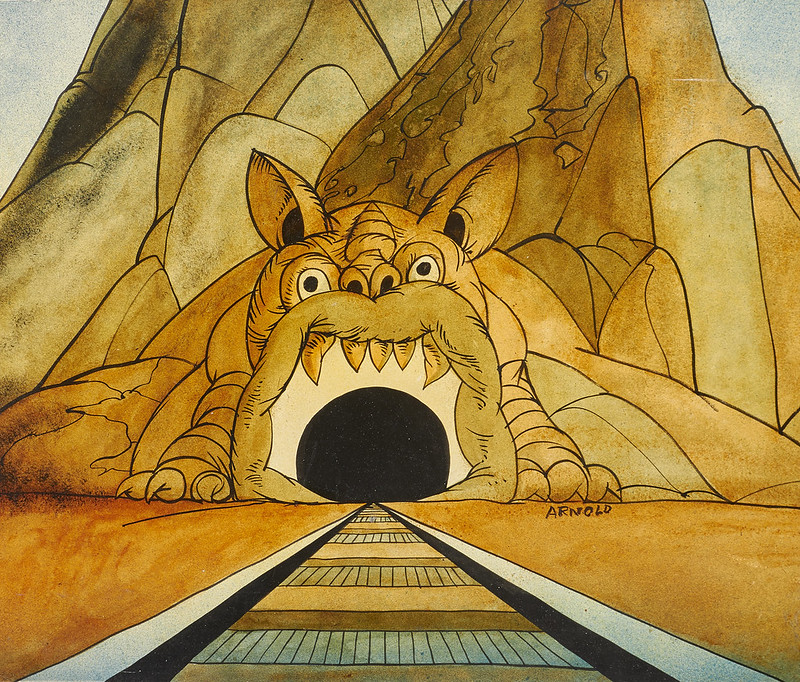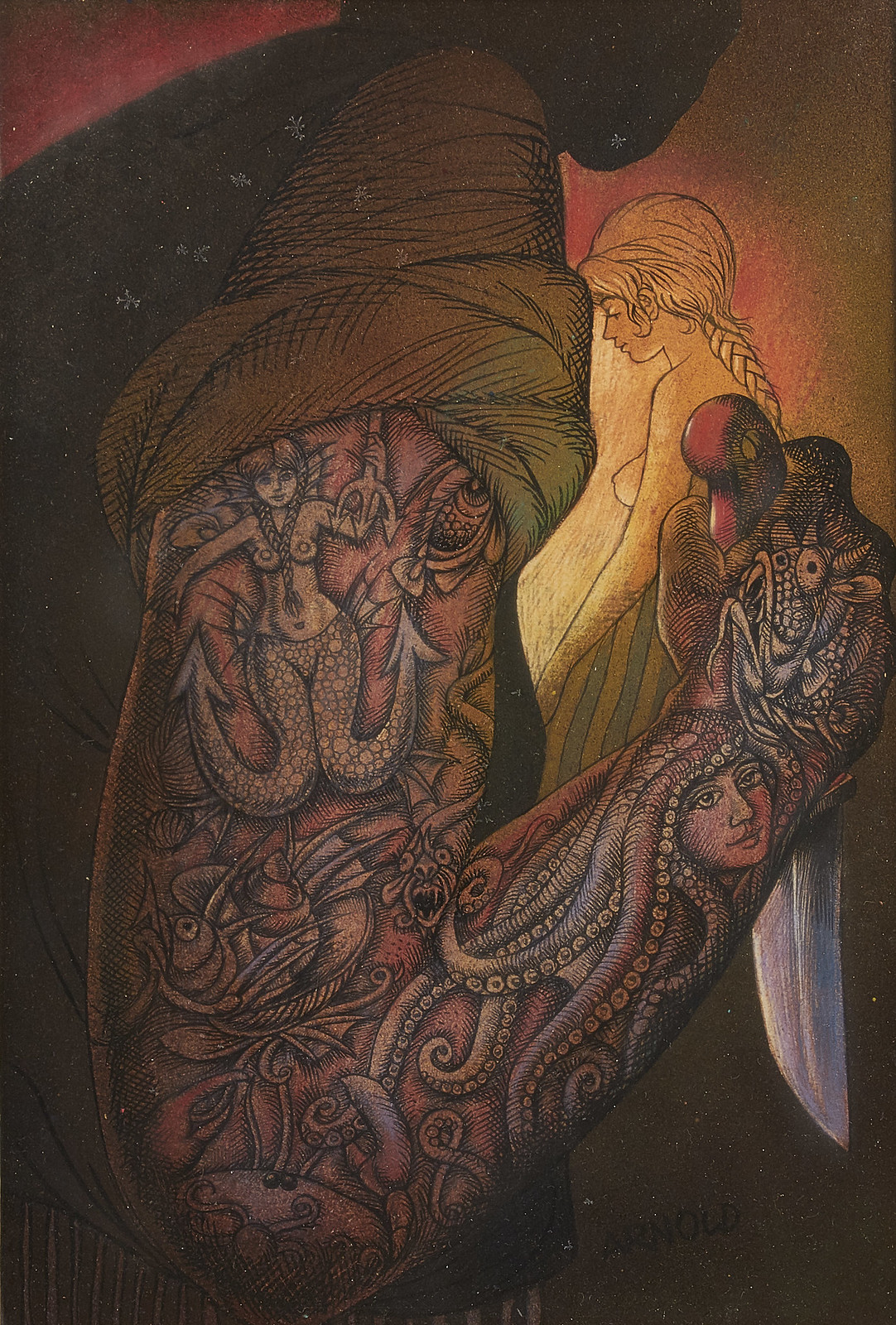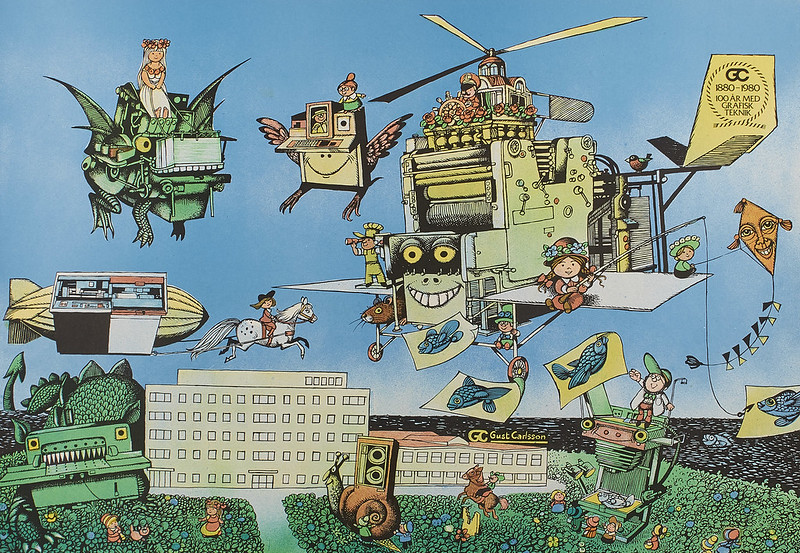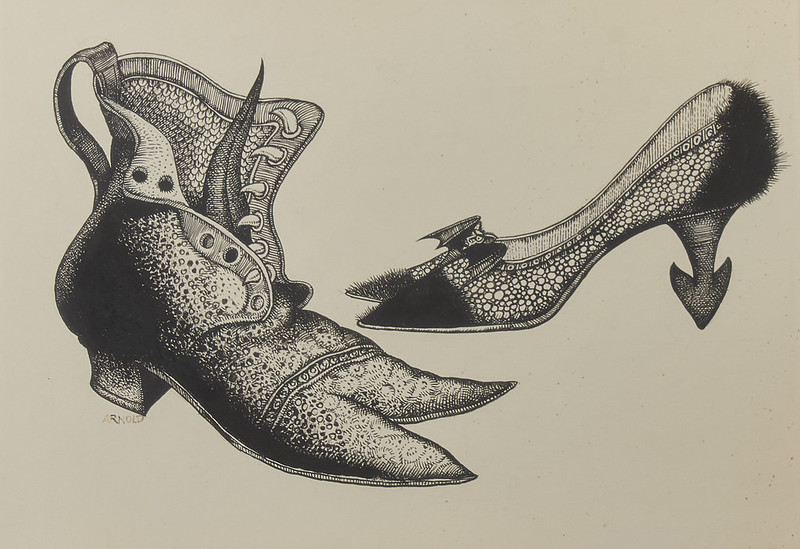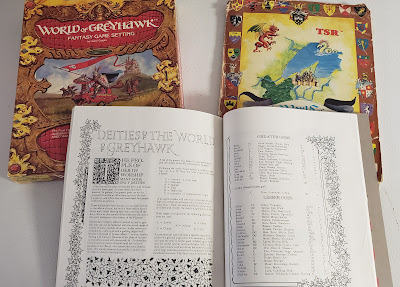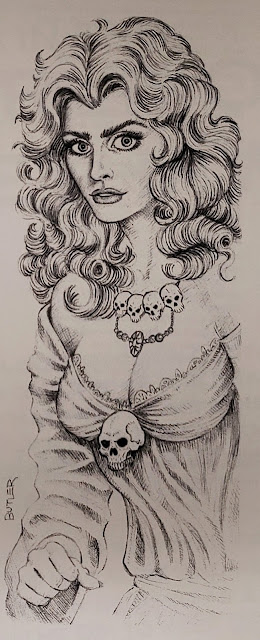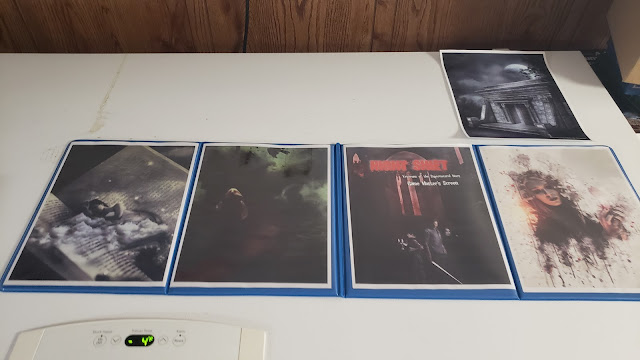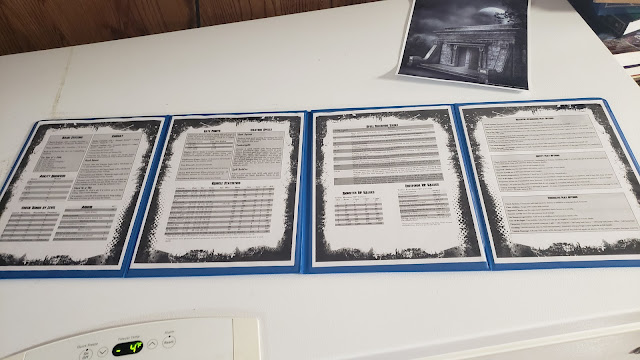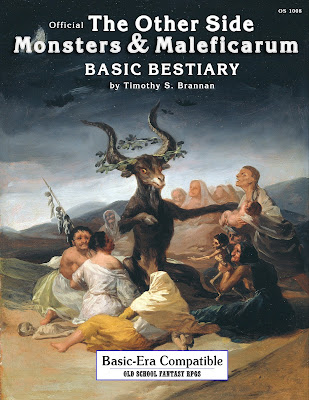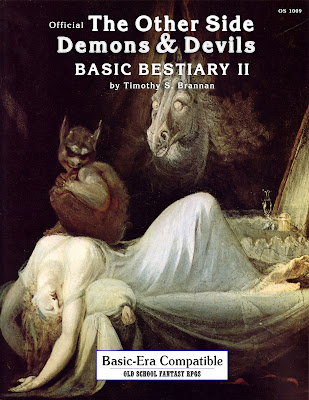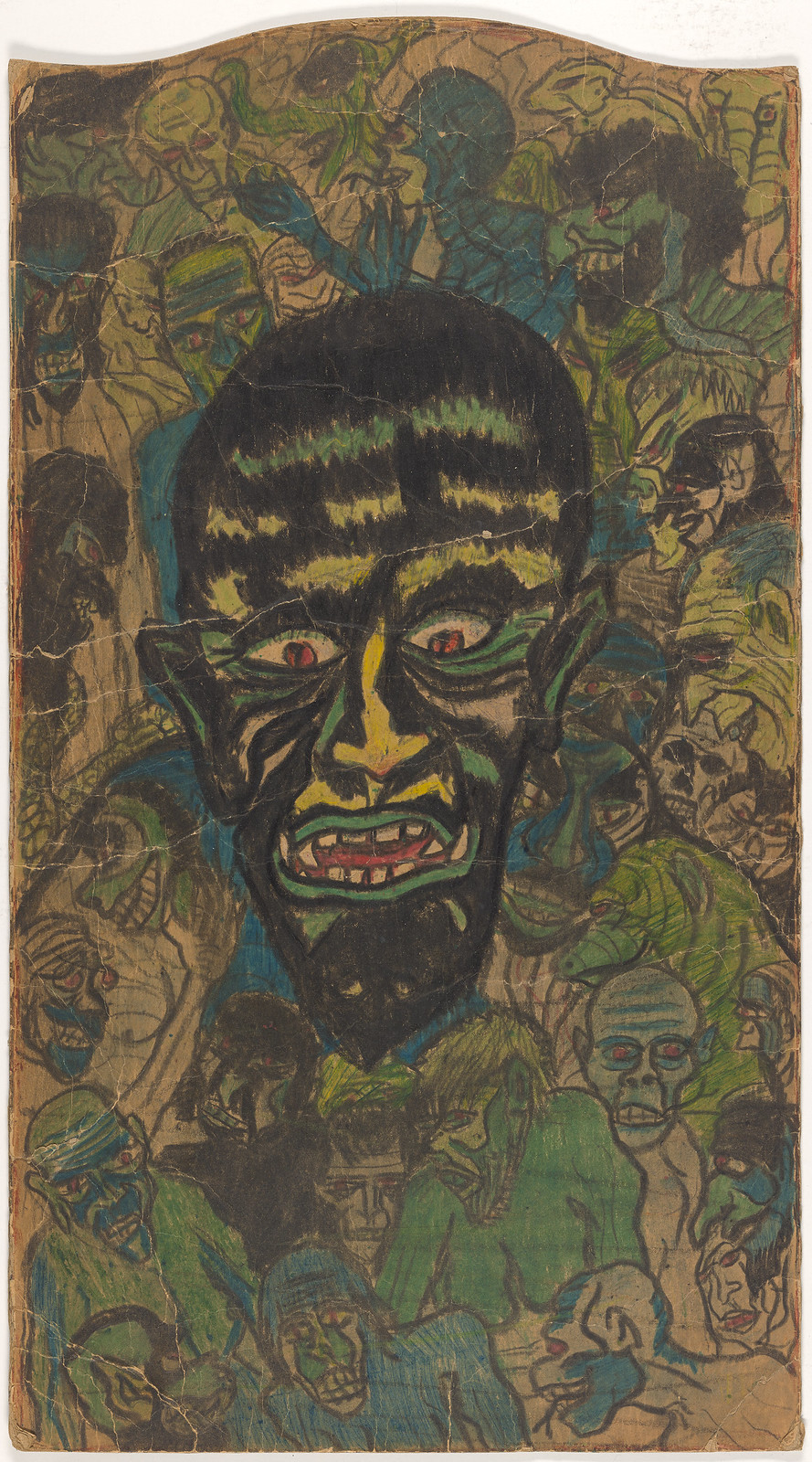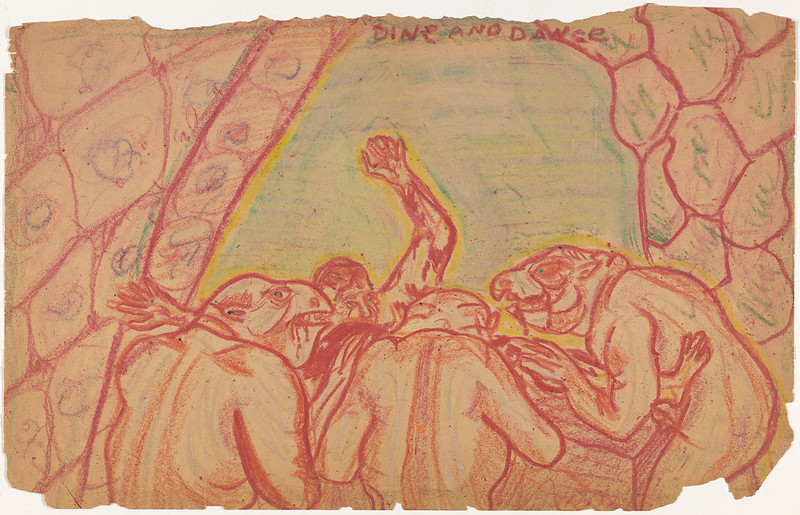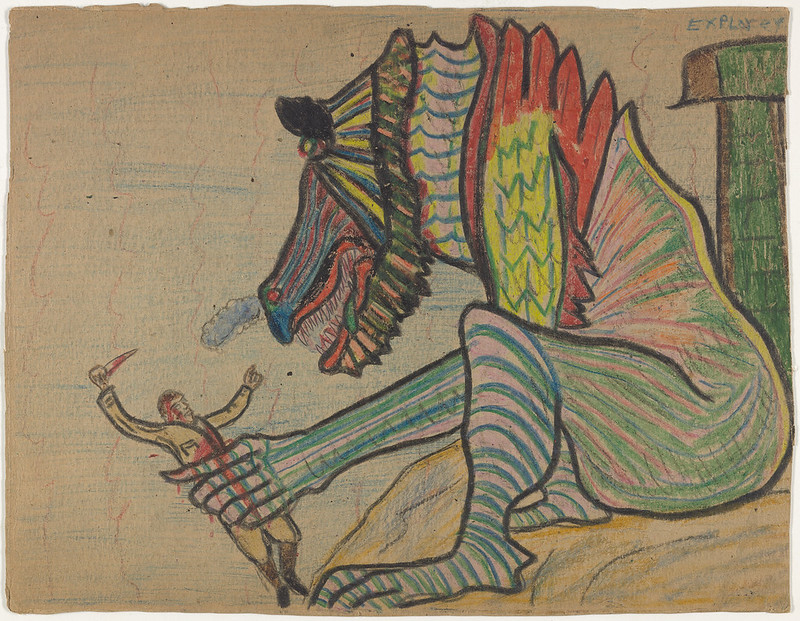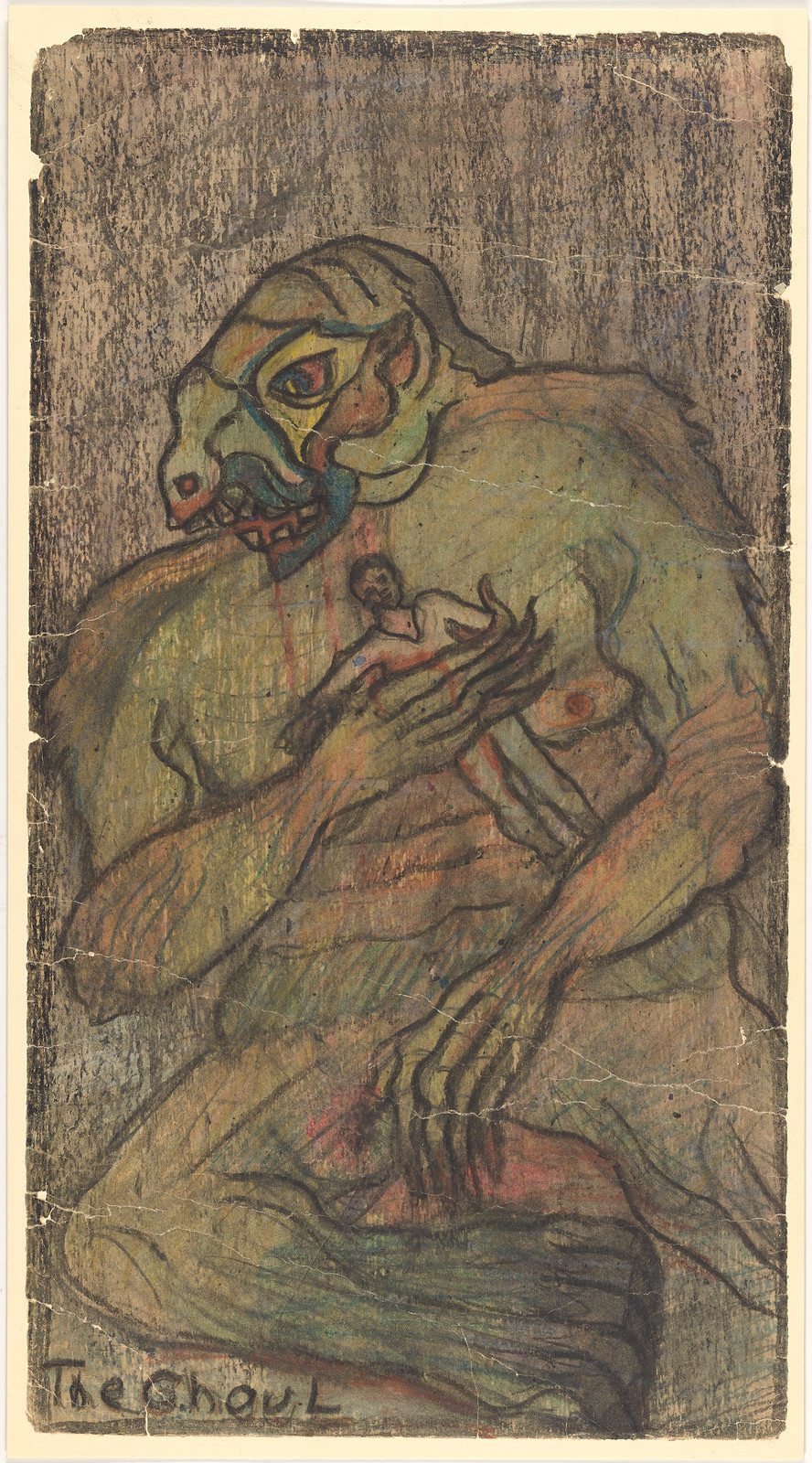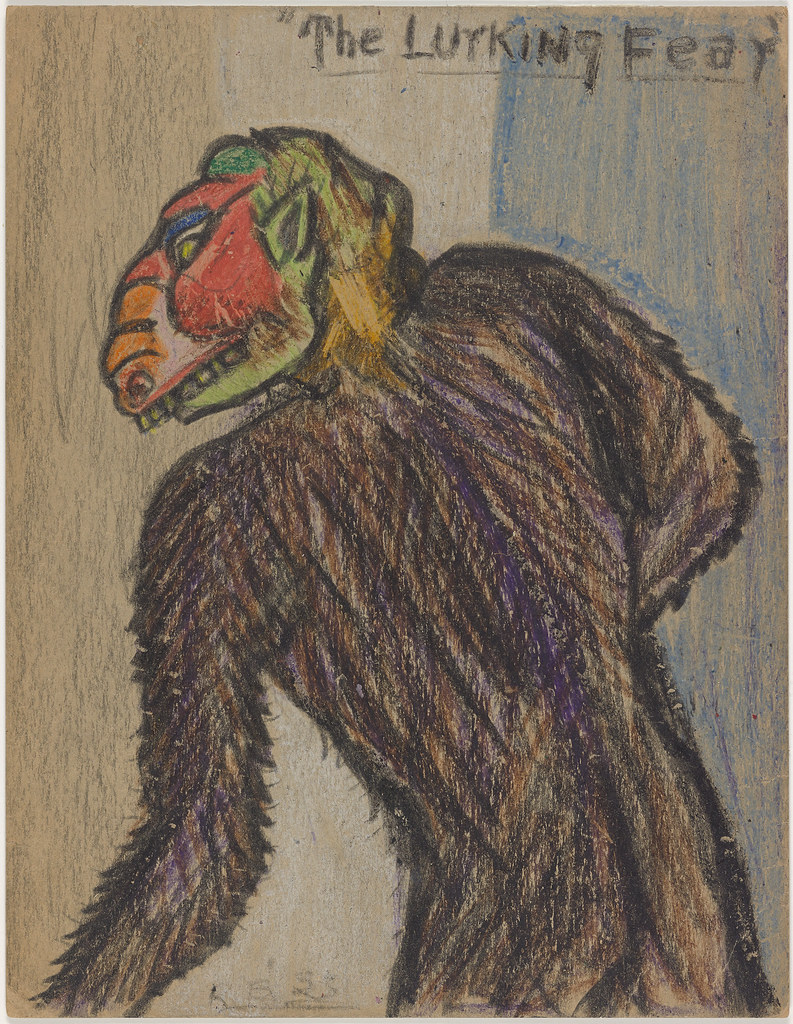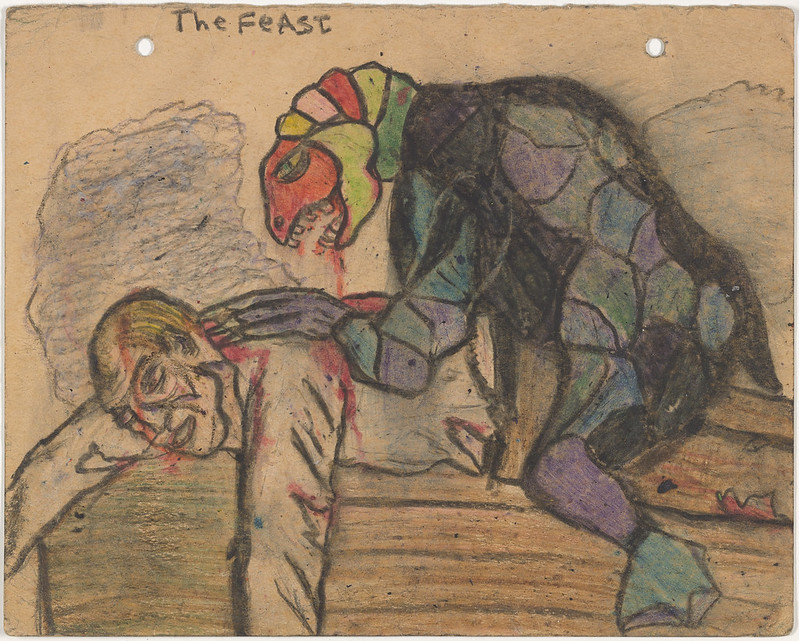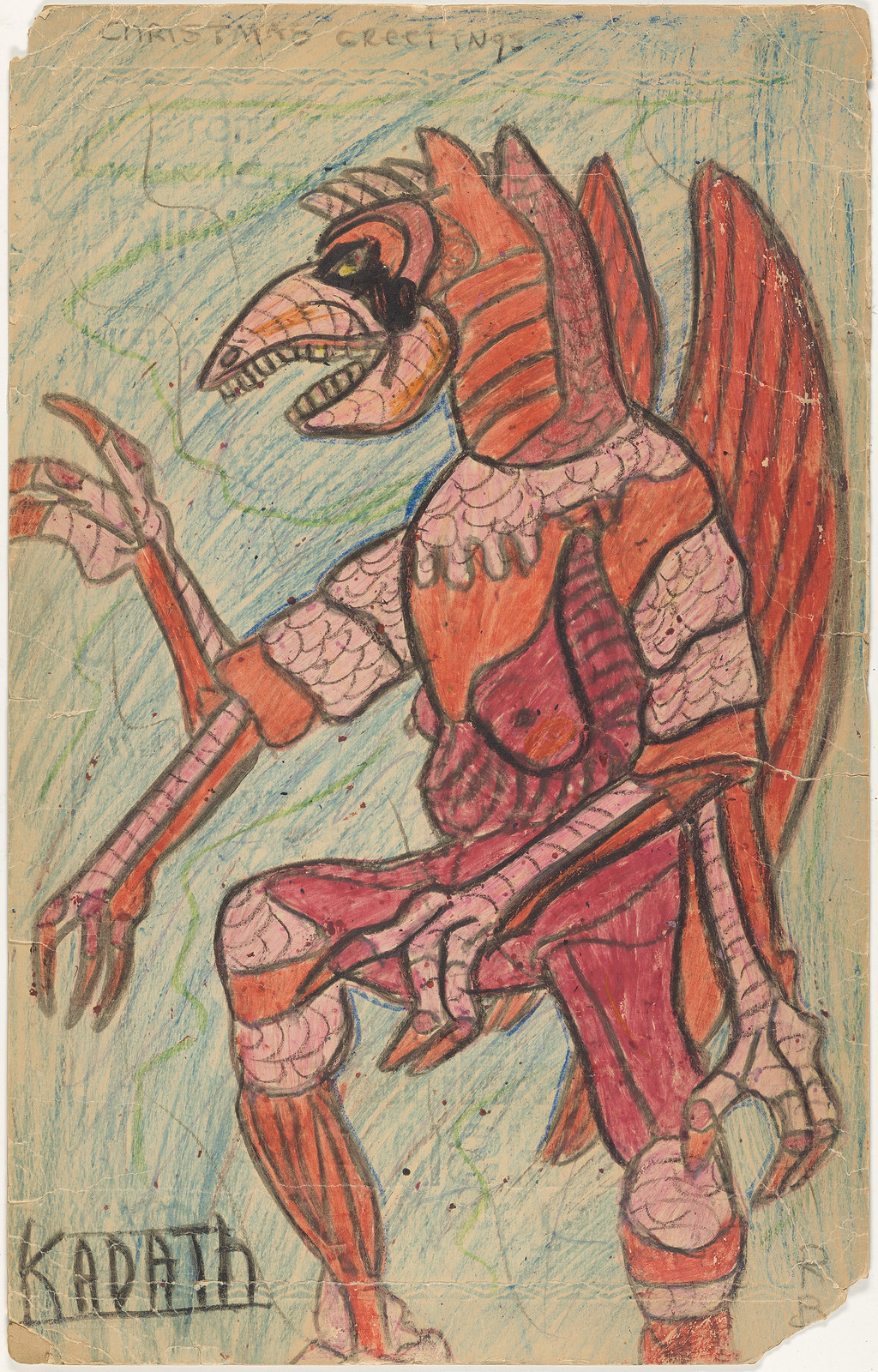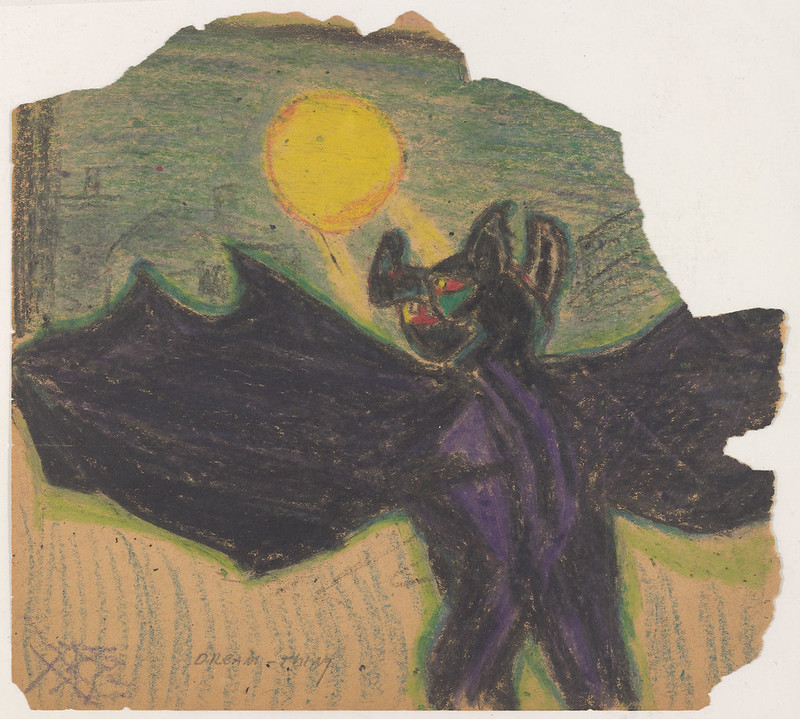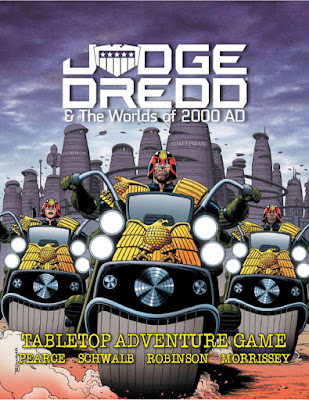 Judge Dredd and the Worlds of 2000 AD is the fourth roleplaying game to explore the world of Judge Dredd and Mega-City One as depicted in 2000AD. Not only that, it lays the groundwork and the core rules for any number of comic strips to appear in the pages of the long running British weekly comic, including ABC Warriors, Rogue Trooper, Strontium Dog—and more. The focus of Judge Dredd and the Worlds of 2000AD though, is firmly on the post-apocalyptic, dystopic satire of the police state—or ‘Judge state’—that is the setting of Judge Dredd. Published by EN Publishing following a successful Kickstarter campaign, Judge Dredd and the Worlds of 2000 AD shares some comparisons to earlier iterations of roleplaying games based on the Judge Dredd licence. Like Judge Dredd: The Role-Playing Game from Games Workshop, it uses its own mechanics, in this case being powered by the W.O.I.N.—or ‘What’s OLD is NEW’—dice pool mechanics. Like The Judge Dredd Role-Playing Game, the d20 System version from Mongoose Publishing, that it allows players to create ordinary citizens and perps, as well as Judges, and like Judge Dredd, the Traveller version also from Mongoose Publishing, it allows the creation of Psi-Judges, Tek-Judges, and Med-Judges as well as Street Judges from the start. Another difference between Judge Dredd and the Worlds of 2000AD the previous iterations is that it is set in 2099, so a few years earlier in the timeline of Mega-City One.
Judge Dredd and the Worlds of 2000 AD is the fourth roleplaying game to explore the world of Judge Dredd and Mega-City One as depicted in 2000AD. Not only that, it lays the groundwork and the core rules for any number of comic strips to appear in the pages of the long running British weekly comic, including ABC Warriors, Rogue Trooper, Strontium Dog—and more. The focus of Judge Dredd and the Worlds of 2000AD though, is firmly on the post-apocalyptic, dystopic satire of the police state—or ‘Judge state’—that is the setting of Judge Dredd. Published by EN Publishing following a successful Kickstarter campaign, Judge Dredd and the Worlds of 2000 AD shares some comparisons to earlier iterations of roleplaying games based on the Judge Dredd licence. Like Judge Dredd: The Role-Playing Game from Games Workshop, it uses its own mechanics, in this case being powered by the W.O.I.N.—or ‘What’s OLD is NEW’—dice pool mechanics. Like The Judge Dredd Role-Playing Game, the d20 System version from Mongoose Publishing, that it allows players to create ordinary citizens and perps, as well as Judges, and like Judge Dredd, the Traveller version also from Mongoose Publishing, it allows the creation of Psi-Judges, Tek-Judges, and Med-Judges as well as Street Judges from the start. Another difference between Judge Dredd and the Worlds of 2000AD the previous iterations is that it is set in 2099, so a few years earlier in the timeline of Mega-City One.
A Player Character in Judge Dredd and the Worlds of 2000AD is defined by a fair number of factors. At the narrative level, this factor is a descriptor, ‘A[n] [Age] [Trait] [Species] [Career] who [Hook]’ which sums up the character, for example, ‘An elderly egotistical Orangutan Fence who enjoys a real cigar’. On a mechanical level, a character has eight attributes—Strength, Agility, Endurance, Willpower, Intuition, Logic, Charisma, and Luck, as well as two secondary attributes, Reputation and Psionics. He will have any number of skills, ranging from Accounting, Light Armour, and Insight to clairsentience, boinging, and flirtation. Now all of these have a rating, typically four for the average Human and each has an associated dice pool of six-sided dice, typically two six-sided dice for the rating for four, which a player or the Referee rolls for character or NPC to undertake an action. A character will also have various Exploits, essentially talents and abilities gained from a character’s species and various careers, such as Pacification from the Applied Violence course a Cadet Judge can take at the Academy of Law which grants bonus baton damage or Art Savant from the Scrawler (graffiti artist) career which improves his Reputation with fellow Scrawlers. Lastly, a character has a Grade, which is a measure of the number of Careers a character can have. Typically, this is set at five for beginning characters, and besides limiting the number of careers a character have, it also limits the size of the dice pool a player can roll for his character.
To create a character, a player selects a species and its exploits, then three species skills. He then chooses five careers. From each he chooses two of the listed skills, either the Aim or Feint Exploit, and one more universal Exploit. Adjustments are made to Attribute and Skill rating as the player makes his choices. Each Career also adds one or more years to a character’s age. The process takes a little time and is slightly fiddley, but a player is given a lot of options to create an interesting character and a Referee to create interesting NPCs.
Our sample Player Character is Ookie Whithers, a Chimpanzee who grew up and lives in Apetown. Since he was a Juve he has been an associate of the Chimpolini crime family, but never rose high in its ranks because of his love of gambling. He has a minor record as a Juve and in more recent years has become a nark for the Department of Justice. He always has a book running on all manner of events and is never seen in the same waistcoat twice.
Ookie Whithers
A Suave Chimp Fence who can never turn down a bet
Age: 23
Grade: Five
Careers: Juve Gang, Gamer, Pongo, Fence, Nark
Strength 5 (2d6) Agility 5 (2d6) Endurance 3 (2d6) Willpower 2 (1d6) Intuition 8 (3d6) Logic 5 (2d6) Charisma 9 (3d6) Luck 7 (3d6)
Reputation 3 (2d6) Psionics 0 (0d6)
Health 11 Speed 19 Jump 10’/5’ Carry 80 lbs. Initiative 3d6
Melee Defence 11 Ranged 7 Mental Defence 11 Vital Defence 7
Skills
Accounting 1 (1d6), Appraisal 1 (1d6), Bluffing 2 (1d6), Brawling 1 (1d6), Carousing 1 (1d6), Forgery 2 (1d6), Gambling 3 (2d6), Insight 1 (1d6), Movies 1 (1d6)
Exploits
Agile, Beguiling, Feint, Great Leap, Lucky Escape, Natural Climber, Profit, Stone Cold Stare, Thrower, Weak-willed, What’s the Plan?, Where the Action is, Zero-g
Where creating a citizen or perp type character is supported by a wide range of options—though there is no equivalent of the ex-prisoner who has done time, the options for creating a Judge are more proscribed. A Judge has to be Human or a Clone, must take Cadet followed by two advanced courses, such as Basic Psionics or Citizen Manipulation, and then Rookie. The last Career is a Judge Career such as Med Judge, Psi-Judge, Street Judge, or Tek-Judge. More options are available in terms of Speciality Judge Career, which include Block Judge, Crime Scene Processor, Interrogator, Wally Squad, and more. These become available if the Referee is planning a game with more experienced Player Characters, and equally, a Referee could reduce the number of Careers to just four if she wants to start a campaign with Rookie Judges.
Our sample Judge is a clone taken from the same biological material as Judge Dredd. He wants to emulate his genetic stock and be a Judge worthy of his forebears. On the streets he relies upon his presence and his intimidating manner, and when that does not work, is a dab hand at pacification.
Judge Leonov
An Alert Street Judge who wants to be worthy of his clone source
Age: 24
Grade: Five
Careers: Cadet, Citizen Manipulation, Applied Violence, Rookie, Street Judge
Strength 7 (3d6) Agility 5 (2d6) Endurance 7 (3d6) Willpower 6 (3d6) Intuition 8 (3d6) Logic 6 (3d6) Charisma 5 (2d6) Luck 3 (2d6)
Reputation 2 (1d6) Psionics 0 (0d6)
Health 34 Speed 19 Jump 10’/7’ Carry 140 lbs. Initiative 10d6
Melee Defence 18 Ranged 7 Mental Defence 11 Vital Defence 11
Skills
Bravery 1 (1d6), Boxing 1 (1d6), Clubs 2 (1d6), Hardy 1 (1d6), Insight 1 (1d6), Interrogation 1 (1d6), Intimidate 3 (2d6), Law 3 (2d6), Light Armour 1 (1d6), Perception 1 (1d6), Pistols 1 (1d6), Riding 1 (1d6), Running 1 (1d6), Tactics 2 (1d6)
Exploits
Ingrained Skill Package, Fast Healing, Academy of Law Curriculum, Voice of the Law, Pacification, Obey the Law, Freeze!, Feint, Knockdown
Mechanically, Judge Dredd and the Worlds of 2000AD uses W.O.I.N., or ‘What’s OLD is New’. This is a dice pool system which uses six-sided dice, the size of the dice pool being determined by a character’s attribute, skill, and the quality of equipment used. This is then rolled and the results totalled to beat a Difficulty Score, which can range from Easy or seven all the way up to Mythic or forty-five. A typical Difficulty Score will be Routine or ten, Difficult or sixteen, and Demanding or twenty-one. If three or more of the dice rolled are sixes, then a critical result has been achieved. The number of dice rolled can be adjusted by Complications , such as shooting at someone behind cover, scaling the side of a building in a snowstorm, or simply not having the right equipment.
However, whatever the size of the dice pool a player or Game Master has built, the maximum number of dice rolled is determined by a Player Character or NPC’s Grade. For most Player Characters, this will be five. Further, the player or Referee can spend dice for various effects. In combat, this will typically be to increase damage, at a cost of two dice from the pool to add an extra die to the damage roll, but many Exploits also require dice to be spent. For example, Blind Shot enables a character in cover to shoot at an opponent without looking at them at a cost of two dice.
The mechanics also cover common situations like chases, engineering problems, hacking and computing, tailing, and more. Countdown situations, such as a Judge being critically injured and in danger of dying or picking a lock before a guard patrol comes in sight, are handled by dice pools. The dice pool is rolled from turn to turn, each roll of a six reducing the size of the pool, until the pool is depleted and the effect of the countdown counting down is triggered.
Each Player Character also has a Luck pool of dice equal to the number of dice derived from his Luck attribute. These dice are spent on a one for one basis to add to an attribute check or to reduce the size of an opponent’s attribute check, reduce damage dice suffered or increase damage dice inflicted, and to trigger Exploits. The expenditure of one Luck will also grant a character an extra action, buy off a Condition (typically suffered in combat, but it may also come from an environment), and so on. Luck dice do need to be of a different colour as unlike ordinary dice, they explode on a result of six or more. Luck dice can typically be replenished once per day.
Combat in Judge Dredd and the Worlds of 2000AD is designed to be a tactical skirmish system, ideally using miniatures and a combat map, although it need not be run that way. The rules cover position, overwatch, flanking and crossfire, dual-wielding, and more. As well as accounting for the environment and its effects, such as a snowy street or underwater, the rules also add Stunt Areas, like a hanging cable, a patch of ice, or a banister, which a character can take advantage of. Using a Stunt Area not only grants a bonus to a character, often a bonus to a damage roll, but also nicely captures the comic book feel action of Judge Dredd.
Psionics are covered through the Psionic attribute and its dice pool, plus skills such as Biopsionics, Clairvoyance, Telepathy, and Teleportation and their associated abilities. So Clairsentience covers Hypcognition, Necrophony, Combat Precognition, and Retrocognition, whilst Telepathy covers Empathy, Mind Control, Mindprobe, Mindread, Mindwipe, and a whole lot more. These are powered by Psionic Power Points—derived from the Willpower and Psionic dice pools, and are learned through taking a career like a Psi-Judge or a Psyker. The rules themselves are workable, but being covered in just three pages feel brief as if waiting for the full supplement on the subject.
Overall, the mechanics are workable and at their core, are easy enough to understand. Obviously, situations like combat or handling chases or psionic encounters will complicate things, but not overly so. In play, a player will need to need to pay attention to what his character’s Exploits can do to get the most out of W.O.I.N., whilst in general, W.O.I.N. does feel as if it should be more cinematic than it necessarily is, but elements of the mechanics, such as various Exploits and Stunt Zones do push Judge Dredd and the Worlds of 2000AD towards a comic book style of play. Rules are provided should the Game Master want a cinematic style of game.
The list of equipment for Judge Dredd and the Worlds of 2000AD covers everything that a Judge would use, from the Birdie lie detector to Riot Foam Cutters, as well as civilian and criminal gear, including Bat Glider Suit and Spray Paint Aerosol. It would have perhaps been useful if the equipment issued or available to Judges had been more clearly marked.
The setting of Judge Dredd and the Worlds of 2000AD—Mega-City One and beyond, is given a good overview before focusing on particular locations in the metropolis, each of which is pleasingly accompanied by suggestions as to how to use that location. However, for a roleplaying game which focuses on law enforcement, the section on crime and punishment and the list of crimes and their typical sentences is at best brusque. It does not help that this section is hidden in the book or that the list is not repeated in the appendix of tables at the back of the book.
For the Game Master, there is solid advice on running scenarios and campaigns set in Mega-City One, as well as capturing the atmosphere of the setting, types of campaign and scenario, and handling opponents and rewards. Suggested campaign types include Citizen- and Perp-based campaigns as well as Judge-based campaigns. Rules are provided for the Game Master to create her own foes, monsters, and other NPCs, as well as listing typical foes, ranging from Blitz Agents, Citizens, and members of Citi-Def to Tek-Judges, Vagrants, and Workers. Sadly, the selection of foes does not include any of the classic criminals and enemies faced by Judge Dredd himself, which is undeniably disappointing.
Judge Dredd and the Worlds of 2000AD includes a starting scenario or ‘Crime Blotter’. This is ‘State of the Empire’ and revisits the very first Judge Dredd comic strip back in Prog #2 of 200AD when Judge Dredd went into the ruins of the Empire State Building to arrest ‘Whitey’, the vicious leader of a gang of perps who killed Judge Alvin. It can be run with a team of Judges going into apprehend the perp, but it could also be run with a group of perps doing a retrieval job for a local hoodlum or ordinary citizens who go in search of a missing child at the wrong time. It is primarily an exploration and combat scenario designed to showcase the rules more than the satire and humour of the setting. However, that aside, it works well enough.
Fortunately, Judge Dredd and the Worlds of 2000AD also provides a number of further Crime Blotters for the Game Master to develop. Whether it is investigating a break in at a Munce foodstuffs laboratory or a potential block-war, all five are nicely detailed and include guidelines on how to run them for Judges, perps, or citizens. The quintet also delve further into the setting of Mega-City One and provide some great action for all character types.
Rounding out Judge Dredd and the Worlds of 2000AD is an appendix of various tables for the game. The appendix also includes a set of pregenerated Judges ready to play ‘State of the Empire’ and the other Crime Blotters. The Lawmaster and the Lawgiver, the famous motorbike driven by all Judges and feared handgun wielded by all Judges retrospectively, are also given their character sheets of their own here. Fans of Judge Dredd as a roleplaying game will be pleased to note that the Lawmaster is designed to complement a Judge rather than outperform him.
Physically, Judge Dredd and the Worlds of 2000AD is breezily and brightly presented. It needs an edit in places, but one clever feature is that each chapter is colour-coded for easy reference and access. Another enjoyable feature of the design is that comic strips are used to illustrate aspects of the rules, including a sample of play and character creation. The use and choice of artwork taken from the Judge Dredd comic is also well done, capturing a lot of its action and tone. However, the layout of Judge Dredd and the Worlds of 2000AD is just a little too busy and fussy in places and it is difficult to find things despite the inclusion of an index.
There are a trio of omissions from Judge Dredd and the Worlds of 2000AD. One is the aforementioned menagerie of criminals, enemies, and foes faced by Judge Dredd. Another is rules for vehicle combat, which really would have complemented the guidelines for handling chases, their lack meaning that the Game Master will have to improvise in order to bring the Lawmaster into play, something that happens often in the comic strip. Lastly, there are no rules for handling arrests, which feels really, really weird given how intrinsic that is to the setting of Mega-City One and what a Judge will be doing from one shift to the next. Now, there are skills which can be used, such as Intimidate and Exploits, to handle arrests, but really, not having a discussion of it is a major omission.
Ultimately, the omissions in Judge Dredd and the Worlds of 2000AD mean that it is not the best treatment of Judge Dredd in a roleplaying game. Not all of those omissions are insurmountable, and it is likely that there will be supplements which will address them in the future, but their absence just does not feel right. However, there is a great deal to like about Judge Dredd and the Worlds of 2000AD. It presents three different campaign options—Citizen, Perp, or Judge, and supports all three with the means to create a wide range of character types and multiple scenarios which can be used in all three campaign types. The W.O.I.N. mechanics are serviceable, and the rulebook brightly and breezily captures the tone and energy of the comic strip. Judge Dredd and the Worlds of 2000AD might need more fleshing out than a core rulebook really should, but as an introduction to the setting and the first few games in the setting, it more than adequately lays the groundwork and sets everything up for roleplaying in Mega-City One of the Judge Dredd comic strip and the various roleplaying treatments of 2000AD comic strips to come.








